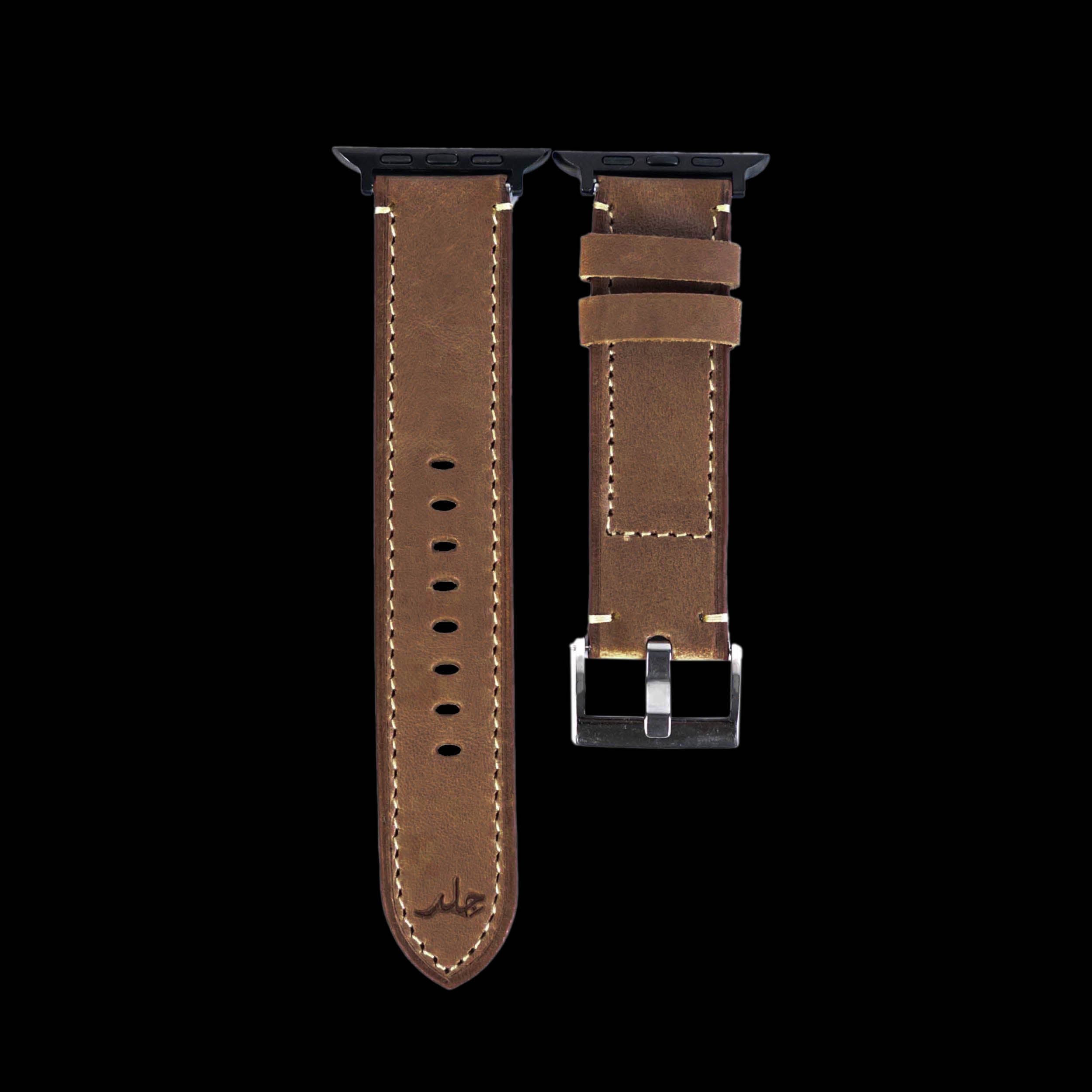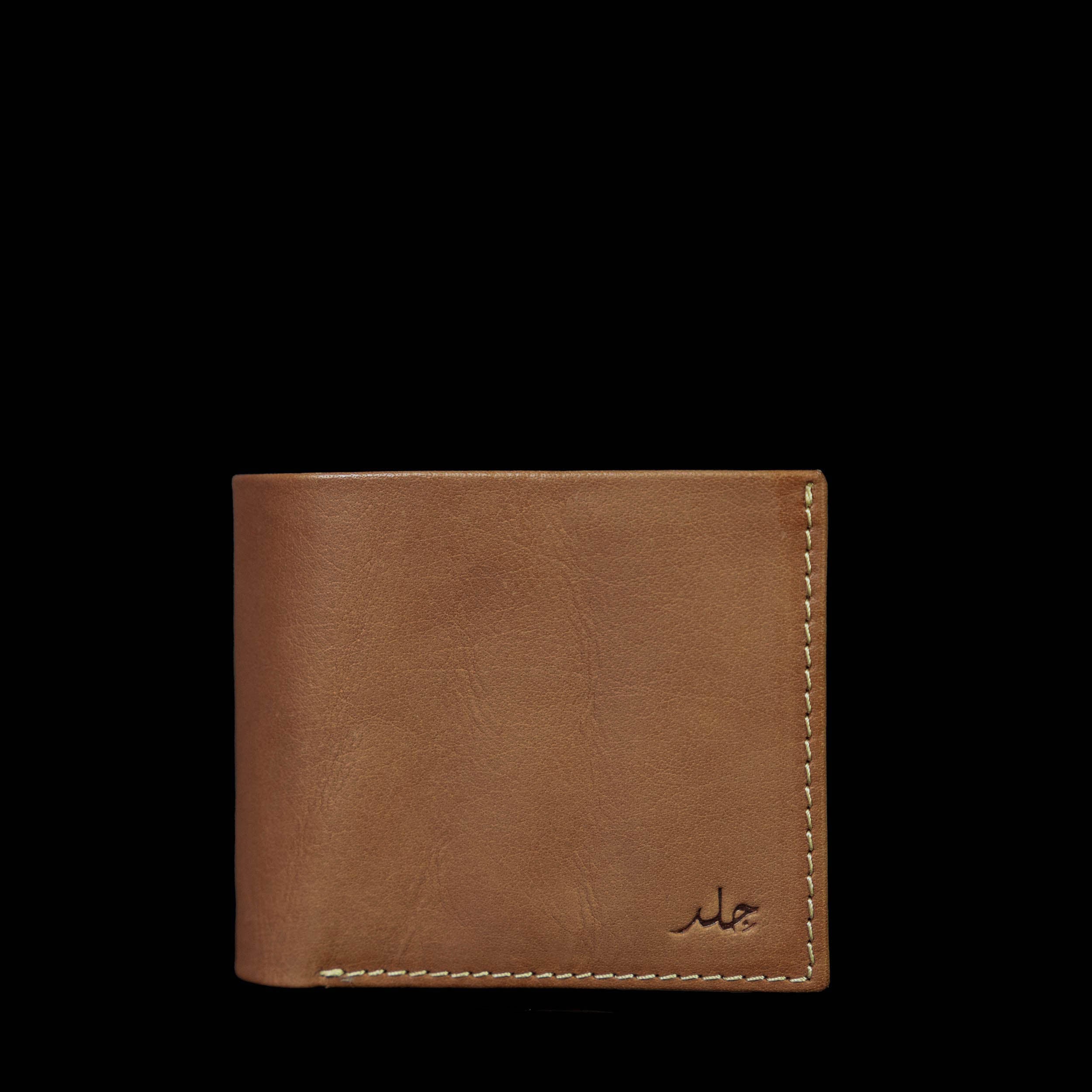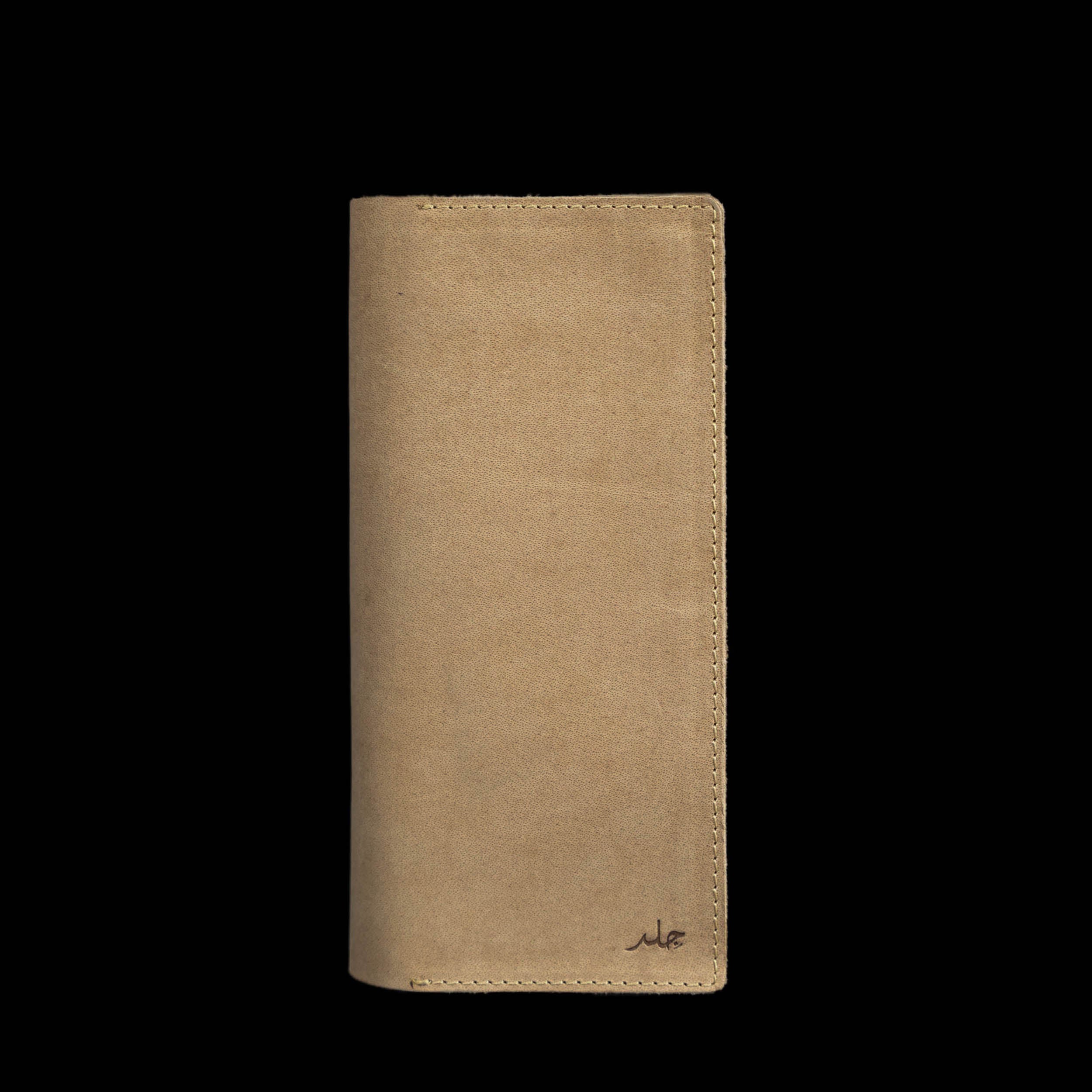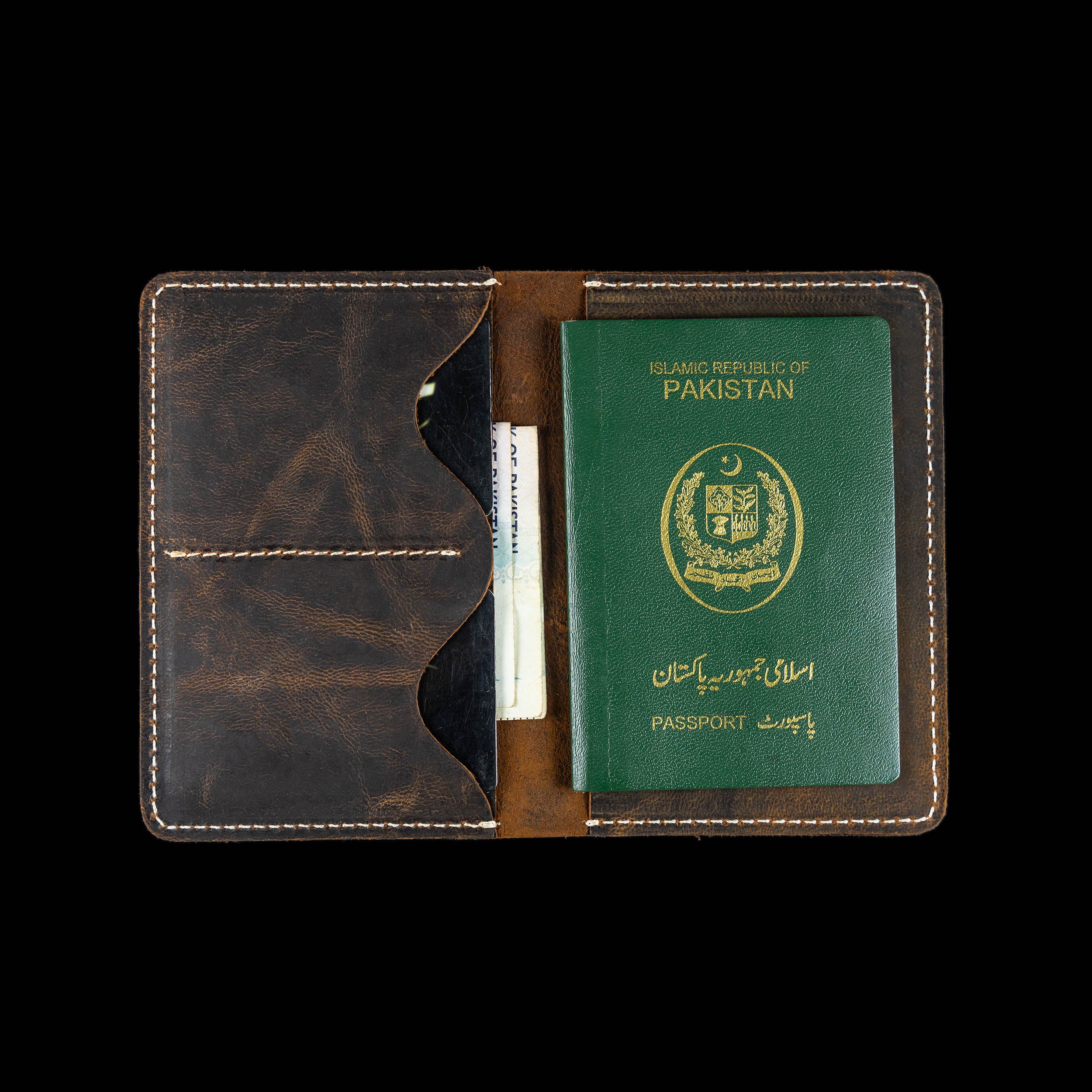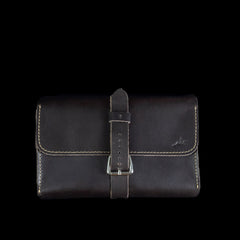When you're ready to replace your old leather purse with a new one, it can be difficult to decide between vegan leather and real leather. Not only do the two materials feel different, but they also have some key differences when it comes to durability, eco-friendliness and price. So, which is better?
In this article we'll look at all the important differences between vegan and real leather so that you can make an informed decision next time you're in need of a new purse or wallet.
1. Cruelty-Free
One of the biggest reasons why people opt for vegan leather is that it's cruelty-free. The materials used to make vegan leather are not made from animal skin, therefore, no animals are harmed in the process of creating this material.
Real leather, however, does require the use of animal skin and other animal products like hair and bone marrow to create a durable product that is strong enough for use in shoes.
This means that real animal hides were involved during production until they were turned into their final form of shoe material or accessory.
2. Durability
An item made of high-quality leather should last you a decade and beyond if you take the required care of it. Items made of vegan leather do not have this problem.
Long-term cracking and peeling are more likely to occur with vegan leather made of plastic. This is partially caused by the underlying materials used to make vegan leather not being breathable. Additionally, it is less resistant to heat and fire, which leads to accumulated degradation. However, true leather that is regularly maintained will develop a lovely color as an indication of aging.
However, one can contend that faux leather is more 'durable' than genuine leather in the short run. Again, due to the structural makeup of vegan leather and its inability to absorb or retain moisture, mold formation is considerably less likely to occur. On the subject of moisture absorption, items made of vegan leather are considerably less prone to acquire a water stain.
If you want to carry a leather-looking purse to a rave party this weekend, you might want to think about using vegan leather instead of real leather because it will be better suited to endure the environment.
3. Water Resistance
Vegan leather is water resistant and can be used in wet environments without damage. However, real leather is not water resistant and gets damaged if exposed to moisture.
4. Eco-Friendly
Vegan leather is often made from polyvinyl chloride (PVC) or polyurethane, which are synthetic plastic materials. They're durable and long lasting, but they can't be recycled because they're non-biodegradable.
Real leather tends to be made out of cowhide, which is a natural material that comes from the animal's skin. If you want something that's sustainable and environmentally friendly, you'll probably want real leather for its natural characteristics.
5. Smell
The smell of leather is something you can't forget. In fact, it's so distinct that many people associate the smell with quality. However, vegan leather doesn't actually have a smell; it has a plastic-like odor. While this might be off-putting at first, keep in mind that real animal skins also contain chemicals and preservatives to keep them looking good for years — and these chemicals don't always smell pleasant either!
6. Heat Resistant
Exposing the leather to flames is one of the traditional (though sadly not very useful) ways to tell whether it is real leather or vegan leather. Genuine leather has a built-in resistance to fire and heat. Real leather will still sustain harm from prolonged flame contact, but it won't melt as quickly as vegan leather made of plastic would.
Real leather won't burn or melt, but it can char and shrink. Please take extra care not to expose any sewing or embroidery to the heat if you are inclined to check this in person as it could burn.
On the other hand, vegan leather made of plastic ingredients is likely to melt after only a brief exposure to fire and release a foul-smelling gas. Therefore, it would be wise for you to avoid wearing any Polyurethane or Polyvinyl chloride vegan leather gloves that might be near a flame.
7. Style & Design Options
Vegan leather is a man-made material that can be designed to look like real leather, but without the cruelty. You may be wondering: what are the different styles available?
If you're looking for a vegan shoe or bag that's as close to the real thing as possible, then there's no doubt you'll appreciate the selection of vegan calfskin products. Our genuine nappa and suede-like finishes will give your design an authentic touch.
We have specially crafted our high-quality faux leathers with intricate stitching and detailing in order to replicate the unique look and feel of actual hides. Here at Jeldcraft we take pride in our ability to offer stylish yet ethical products for all kinds of consumers who wish to make ethical choices when shopping for fashion items.
Conclusion
Vegan leather is a great alternative to real leather but it’s nothing compared to real leather. With so many benefits and a few downsides, it's easy to see why more people are choosing this option for their clothing. If you're looking for something stylish but genuine and durable, then look no further than our real leather products!

